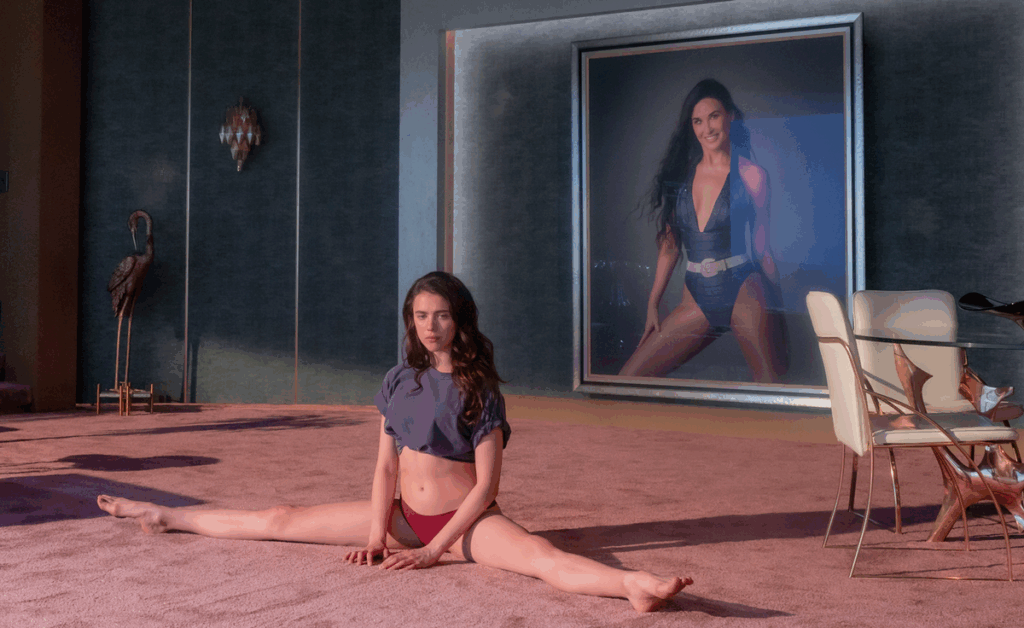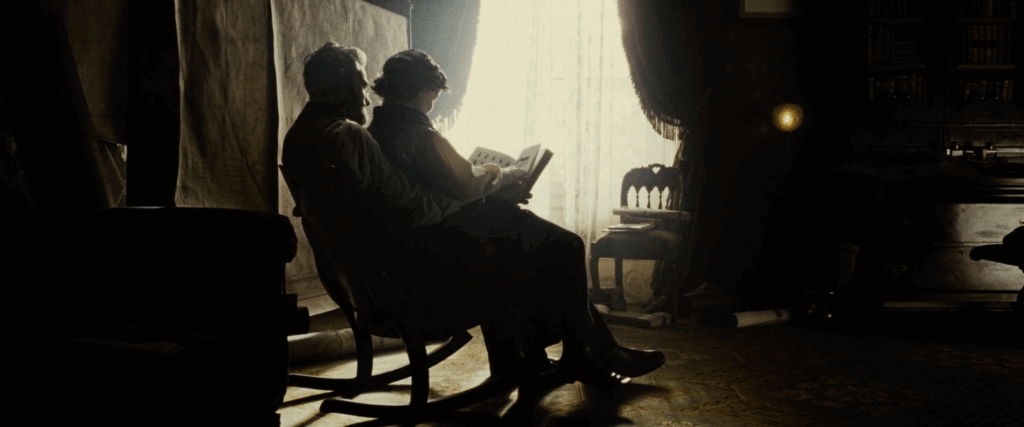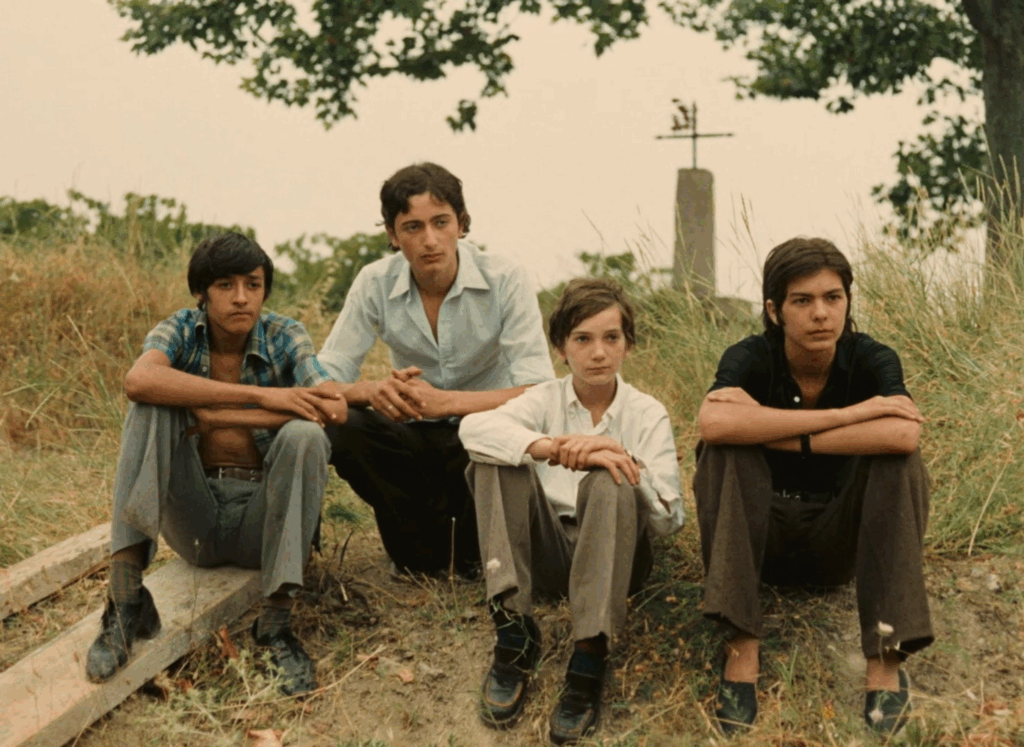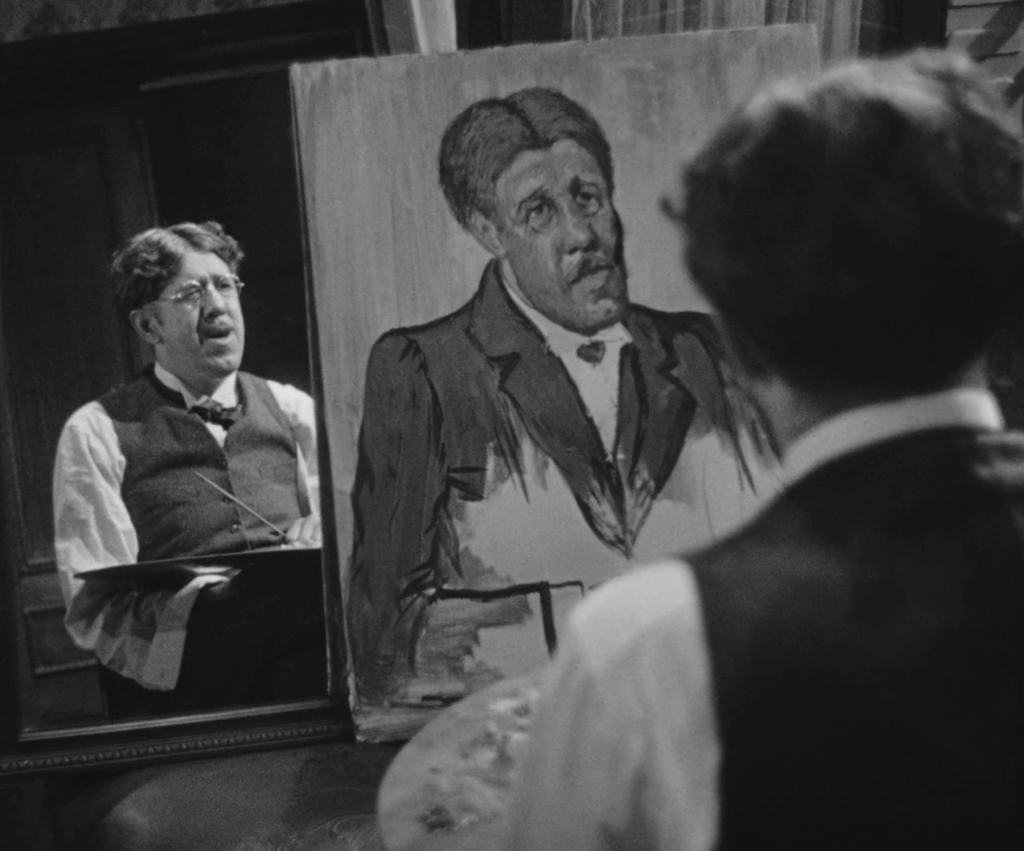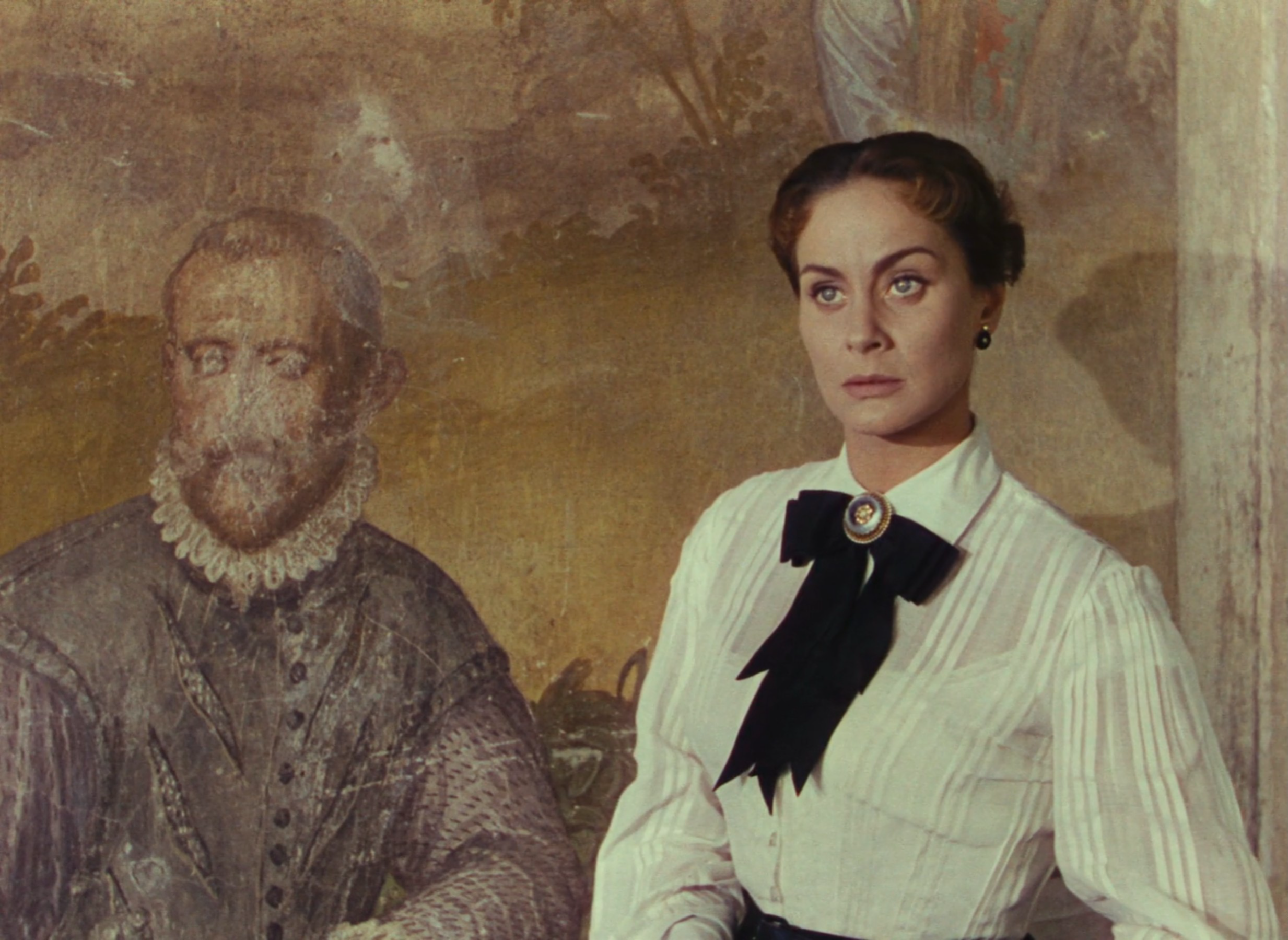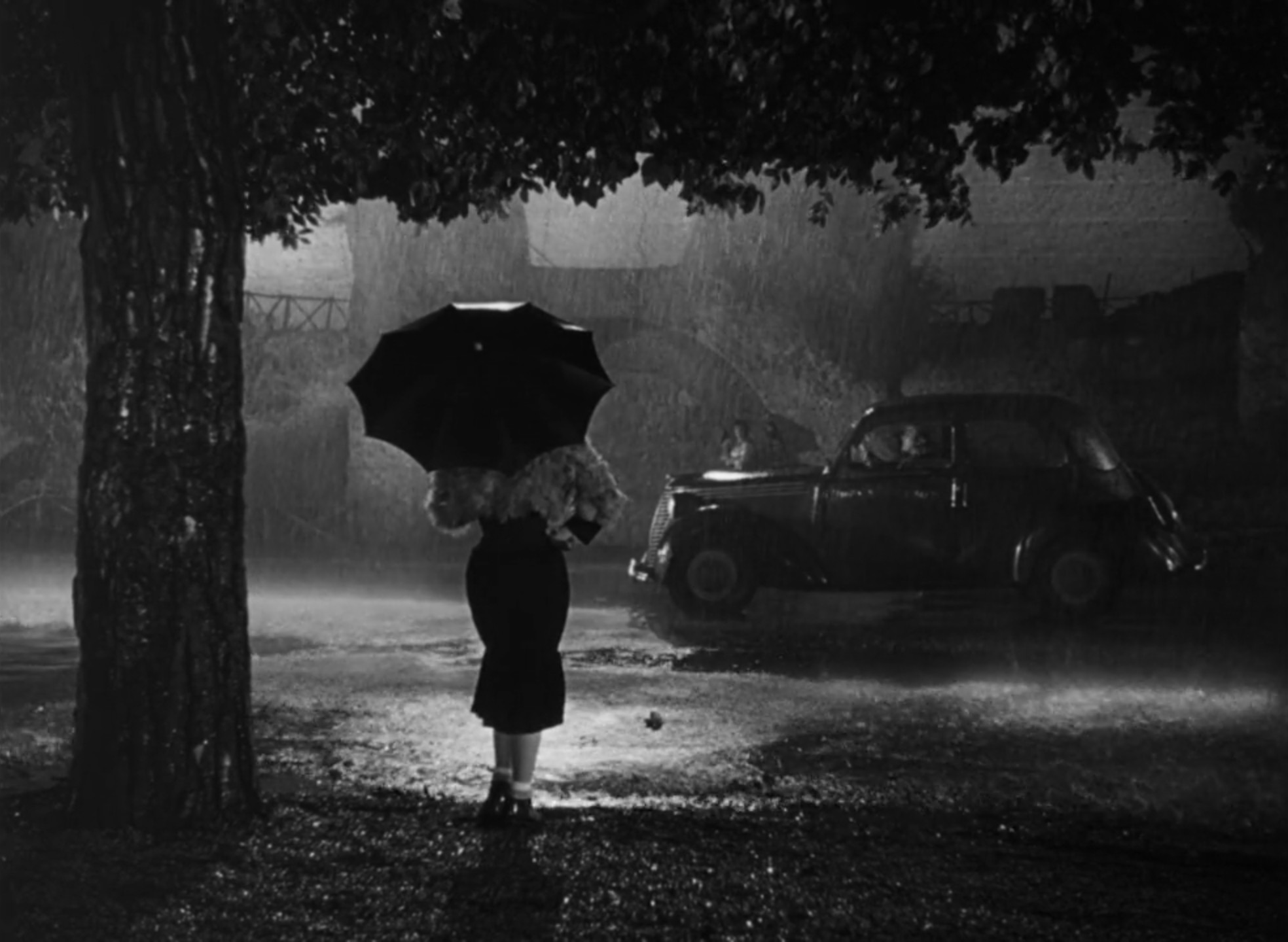The Substance (2024)
The black-market drug which reverts users to their younger selves is an appealing prospect in The Substance, though its side effects reveal a horrifying underside to such desires, seeing Coralie Fargeat compose a disturbing allegory for the physical deterioration of our ageing bodies and the destructive self-loathing which comes with it.

